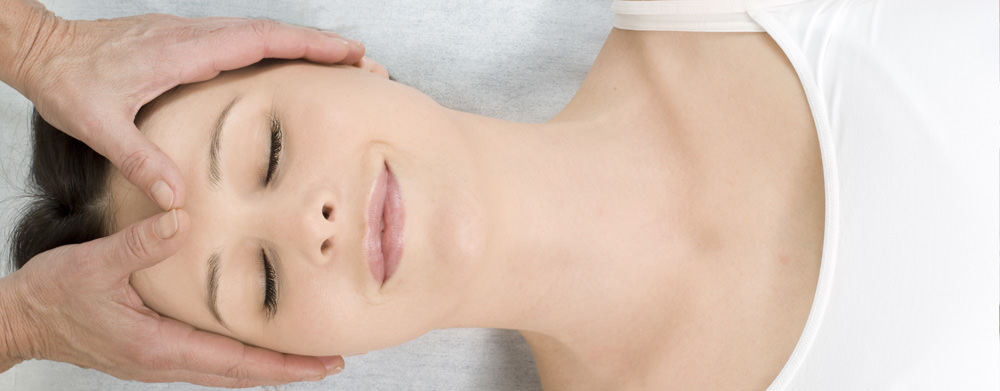
Are the demands of daily life causing you stress? A constant state of tension can negatively impact your health. Summit Orthopedics in the Minneapolis/St. Paul area offers craniosacral therapy as a solution for relief.
Craniosacral therapy is a non-invasive, hands-on technique that targets a range of stress-related health concerns from headaches to pelvic pain and temporomandibular joint (TMJ) dysfunction. If conventional approaches have not helped, this gentle system of adjustments may help bring you relief.
What Is Craniosacral Therapy?
Craniosacral therapy involves light soft tissue mobilization and gentle joint mobilization to decrease pressure on the skull (cranium) and the soft tissue surrounding and protecting the spinal cord, known as the dura mater. The therapist works from the skull to the sacrum, the bony structure connecting the lower-back vertebrae to the pelvis.
Governing your central nervous system, your brain and spinal cord are bathed in cerebrospinal fluid. Stress may impede the flow of this fluid. Craniosacral therapy aims to identify and release restrictions of the dura, brain and spinal cord, as well as surrounding myofascial tissues. This decreases neural tension of the cranium and spinal cord as well as the adjacent nerve roots.
A Skilled Therapeutic Approach
During a therapy session, your therapist may use one or both of the following techniques to release tension:
- Direct pressure. The therapist applies gentle pressure to move problematic tissues against the direction they currently move.
- Indirect pressure. The therapist moves tissues or the affected structure in the direction the tissue is already moving.
Your body may move along with the therapist’s pressure. Additionally, you may feel warmth or tingling sensations during a session.
Who Benefits From Craniosacral Therapy?
Craniosacral therapy is sometimes recommended to help relieve pain. Common conditions it may help treat include:
- Chronic lower-back pain or neck pain
- Concussions
- Headaches, including migraines
- TMJ pain
- Traumatic brain injuries
If your provider recommends craniosacral therapy, it may be part of a treatment plan that includes physical therapy or other treatment options.
